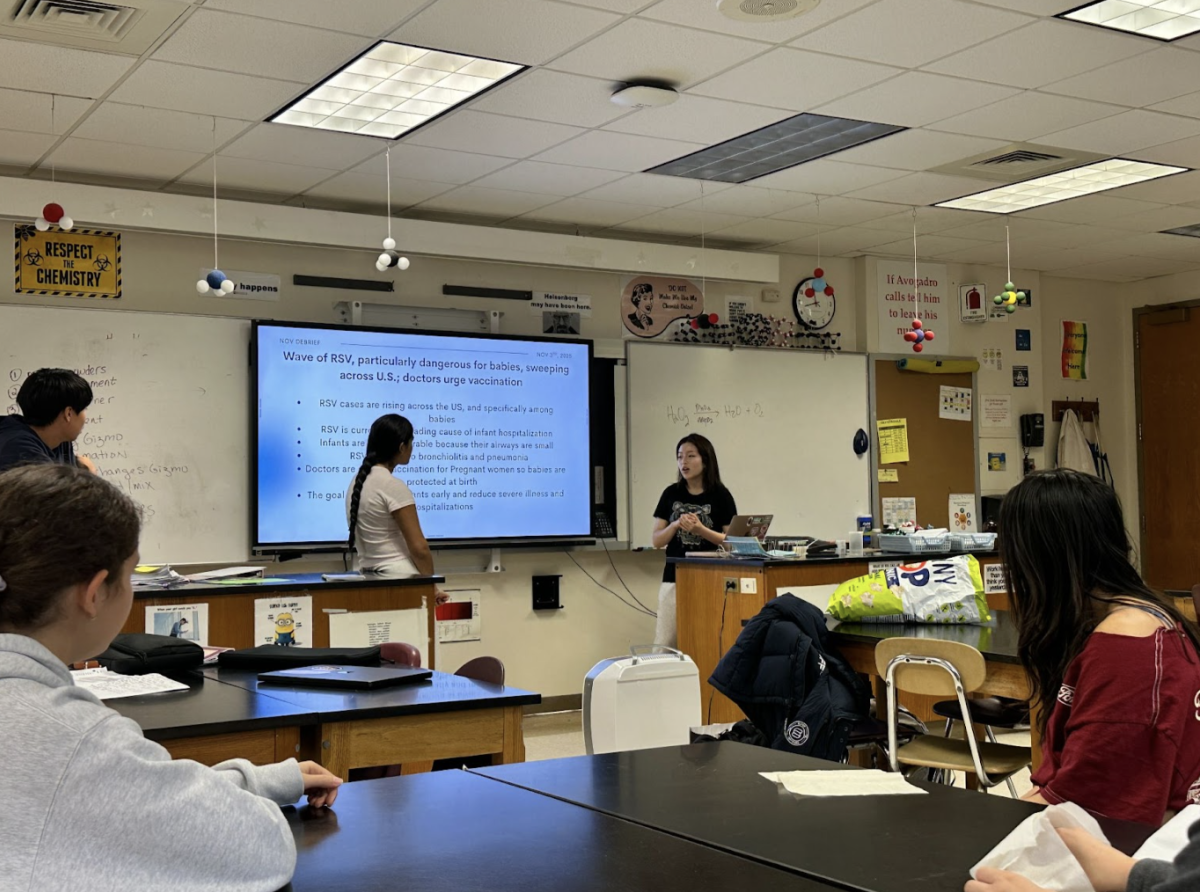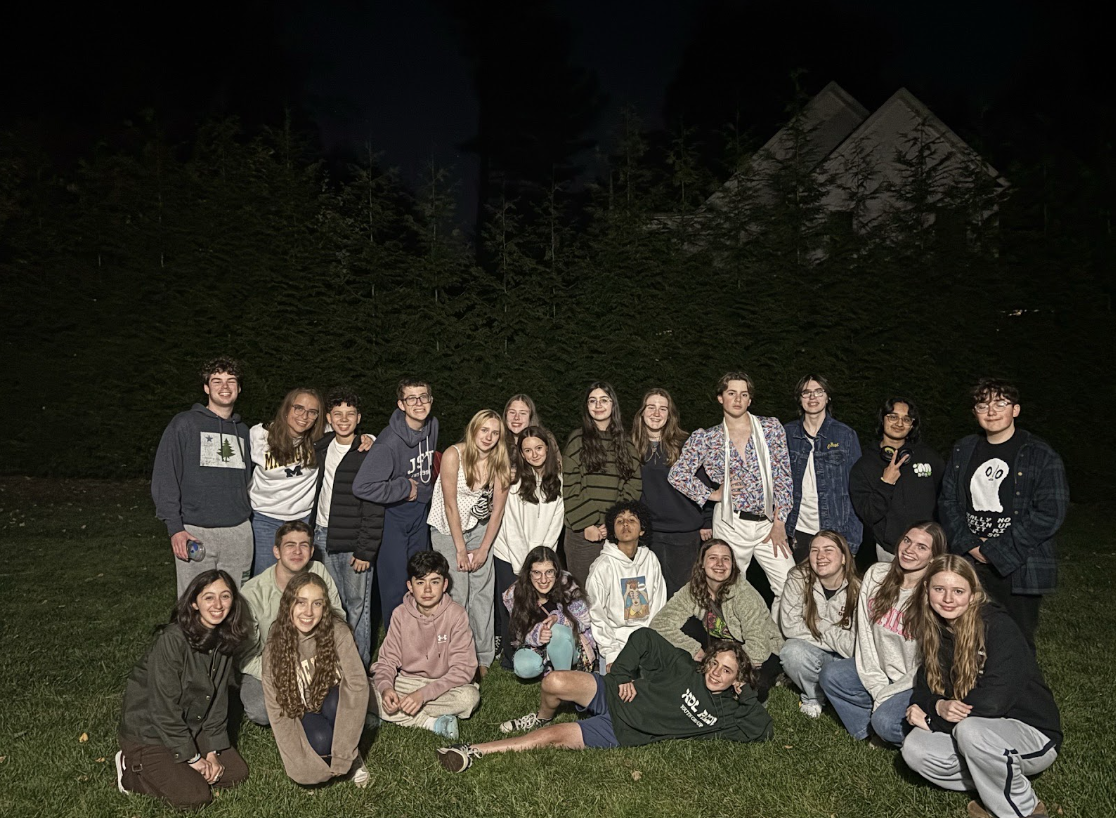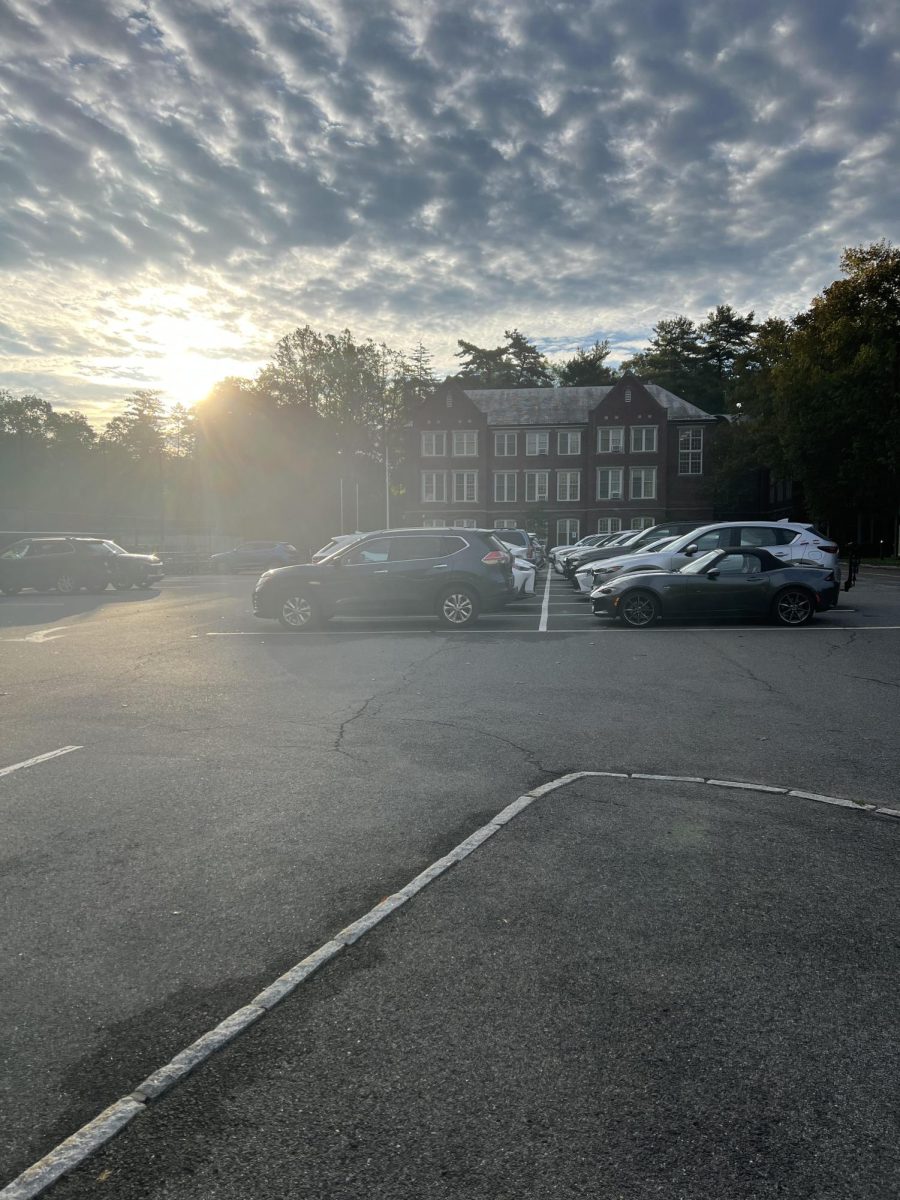On Monday, April 28th, SHS launched its new Community Lunch pilot, an initiative designed to give a well-deserved midday break for busy students. As opposed to the previous 1st and 2nd lunch system, this newly allocated time of a 47-minute lunch period allows students to relax, spend time with peers, and catch up on work. It also creates more flexibility in office hour scheduling for both students and teachers, and club meeting times.
The Wellness Committee chose late spring as the ideal time to launch the pilot due to the fact that seniors would no longer be in the building, thus making it easier for the remaining students to eat all at the same time. The expectation was that with fewer students, more seating would be available and both the cafeteria and commons would be less populated.
However, only a week into the new schedule, students began to voice their apprehension. “I think people are going to get trampled in the cafeteria,” Clara Liu ‘27 said, adding that the new schedule “makes the day seem longer.” At the same time, Liu also expressed positive sentiments: “I like the new schedule better because it gives you more time during lunch to socialize.” Students have overall had mixed feelings about the pilot, and while the main questions have been addressed by the school administration, many students still have lingering doubts about its efficacy.
“I like the new schedule because now I can study, meet with my teachers if necessary, talk with my friends more, and get more food to eat,” Liu expressed.
A key part of the pilot’s success is dependent on how well the school can manage the increased activity during lunch. SHS Head Custodian Luis Magalhaes offered valuable insight into how the custodial team has adjusted. “We did not change the workload, but we did add a couple of custodians to clean up the lunch,” he explains, adding that “right now, the workload is about the same. Seniors are not here, and kids are going outdoors more often because the weather is nice, so it hasn’t really affected the hallways.”
The custodial team is responsible not only for the cafeteria, but also for cleaning the entire campus. With more students eating outside, an increase in outdoor clutter might be expected. However, the team has not found a correlation between the messes observed and the implementation of Community Lunch. Magalhaes clarified, “Messes always increase when spring comes, so it is hard to tell if it is due to a long lunch period.”
As the school considers making Community Lunch a permanent fixture, some students are uncertain about how the modified lunch schedule will function with all four grades combined. Alina Peng ‘27 mentioned, “it’s hard to tell because the season changes the occupancy in the school,” adding, “right now, it is easy to find seating because it is spring,” referring to the fact that most students are choosing to eat outside, and even going to the village or elsewhere, as the weather is warmer. Elliot Chang ‘28, on the other hand, expressed a strong belief in the new schedule’s success for the following year, remarking that “the commons aren’t even that full during Community Lunch, so if we squeeze in 12th, it looks plausible.”
Amid mixed student reactions, Magalhaes remains hopeful about the future. “I want to be optimistic. I think we would be able to navigate when everyone is back in the building and when the weather is cold. We’ll sit down and come up with a good plan–we’ll be ok.”
While the trial has proven to be largely successful so far, with no severe overcrowding incidents reported, it remains unknown whether a common lunch period would still be able to function with the full student body. Key factors include the time of year and the number of students present in the building, which may be affected by the number of upperclassmen who have the option to leave during lunch.
Only time will tell if Community Lunch can be held year-round with all four grades on campus. Ultimately, its success is dependent on the community’s ability to adapt and collaborate based on the feedback gathered from this pilot.
















